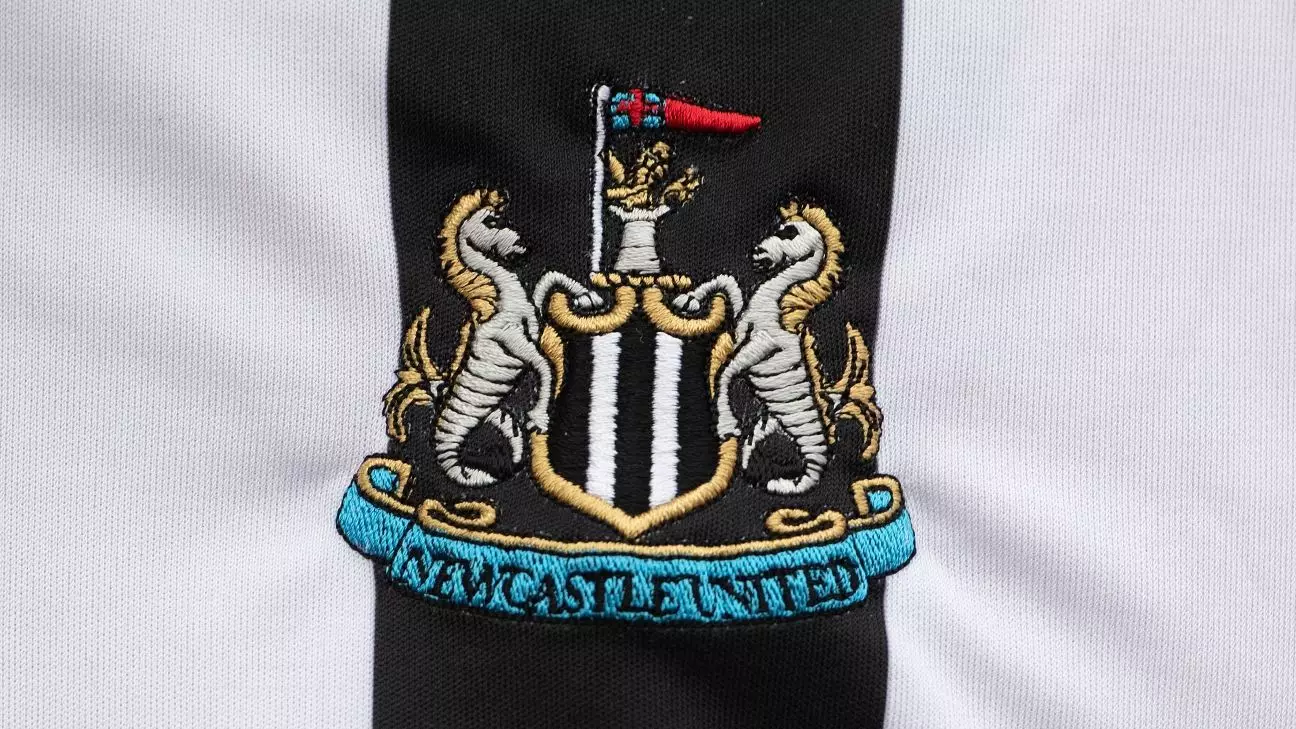The ongoing discussion surrounding the potential redesign of Newcastle United’s crest is a fascinating intersection of tradition and modernity. For 37 years, the current emblem has served as a pivotal representation of the club’s identity, encapsulating both its storied history and its connection to the city. The club’s management has justified their intentions by arguing that the current design, conceived in a different technological age, fails to resonate in today’s digital ecosystem. However, this rationale overlooks the emotional attachment fans have developed towards the existing emblem.
Fan Sentiment: The Voice of the People
Newcastle United’s decision to conduct a fan survey to gauge support for the change has been met with skepticism. The Newcastle United Supporters Trust (NUST) has voiced concerns that the survey is inherently biased, skewing the responses in favor of a redesign. Critics within the fanbase argue that such leading questions in the survey undermine genuine fan engagement. This raises an important question about the nature of consultation: should a club really modify elements of its identity without an irrefutable consensus from its supporters? The NUST emphasizes the necessity for a more balanced approach, advocating for additional options that would allow fans to steadfastly reject the idea of altering the crest.
Regulatory Implications and Heritage Value
Adding a layer of complexity to this situation is the Football Association’s (FA) stipulation that clubs must prove majority support for significant alterations to their crests. The NUST has pointed out that the current survey cannot fulfill this requirement, thus putting the club in a precarious position legally. The crest is not just an emblem; it has heritage value, encapsulating the pride and history of Newcastle. Elements such as the demi-lion and the seahorses are not just design choices; they are a visual narrative of the city’s legacy.
Culture Clash in the Digital Age
The argument that the crest’s intricate design does not translate well into modern digital formats is interesting, yet it raises concerns about prioritizing aesthetics over sentimental value. In an age where digital presence is paramount, clubs must navigate the challenge of modern branding while respecting their historical context. Simplicity in designs can be tempting, but oversimplifying a revered emblem risks alienating a fanbase deeply rooted in tradition. Is it truly necessary to modernize an emblem that is already a symbol of unity and pride?
A Call for Transparency and Authentic Engagement
In light of these discussions, the club’s communication strategy plays a critical role. Engaging with the fanbase through transparent, genuine dialogue is essential for maintaining trust. Stakeholder input should be actively sought, ensuring all voices are heard, particularly in matters that hold significant emotional ties. A meaningful consultation process will not only foster goodwill among supporters but can also provide invaluable insights into how they view the club’s heritage.
While the need to evolve alongside digital needs is valid, Newcastle United must tread carefully. Preserving its iconic crest should not just be viewed as resistance to change but rather as a commitment to honor a rich history that has brought so many together over the decades. The conversation surrounding the crest isn’t solely about design; it’s about identity, pride, and community.

Leave a Reply